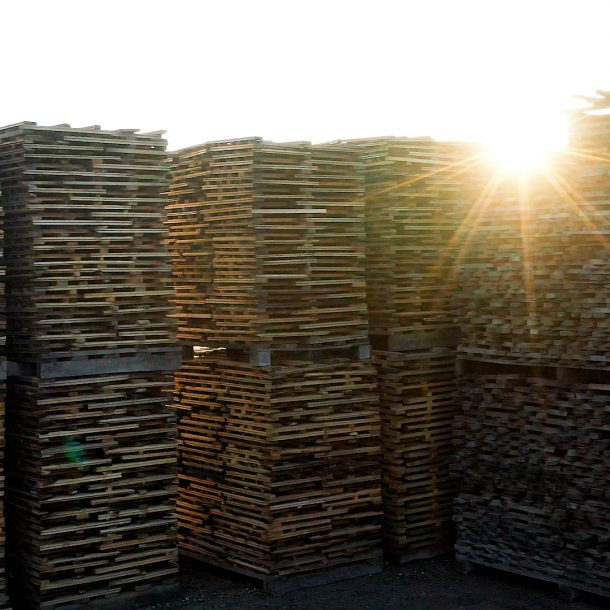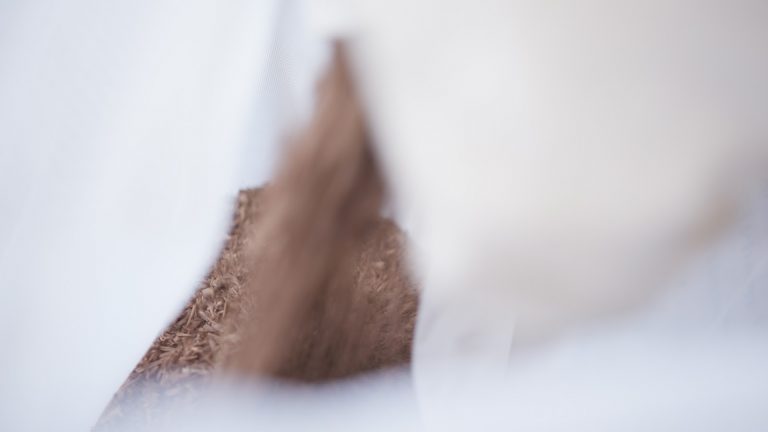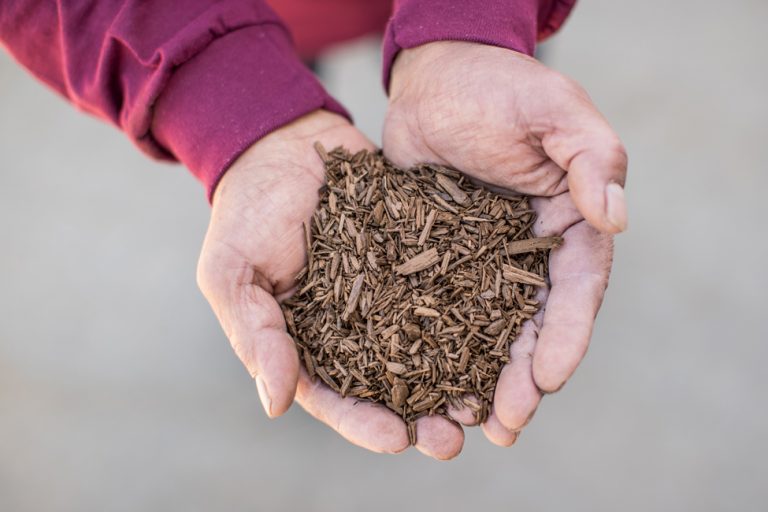
from winemaker to wine fixer
It turns out winemaking is not always about romance and strolls through sun-drenched Tuscan vineyards. While I have personally frolicked across Tuscan hillsides, it was not in a winemaking role, yet wine certainly played its part. That aside, most winemakers put their heart and soul into their craft and sometimes the result can be both heartbreaking and painfully frustrating. Especially when one of your newborn wine babies comes out a little temperamental or has apparently soiled themselves. That’s when a Winemaker transitions from artist to fixer.
dealing with a challenging vintage
There are many things that each new vintage throws at a winemaker that are completely out of their control- weather, fire, mechanical failures, human failures, vineyard issues. Rarely does a harvest come and go without some challenge that a winemaking team has to overcome. The more experienced winemakers have, over the course of their careers developed a repertoire of tools to deal with many of these challenges. One of my favorite tools for fixing wine faults is oak, specifically – oak complements.
Fixing smoke taint in wines
Wildfires, particularly here in California has become an all too familiar problem, have wiped out entire vintages and have had devastating effects on wineries. A mix of untoasted and lightly toasted oak in the fermenter can significantly reduce the impact of smoke taint in the finished wine. On the most affected wines, if the smoke taint isn’t removed completely, it may be low enough to blend away into non-smoke tainted wines saving both the wine itself and the winery tremendous amounts of money.
use oak to re-balance your wine
Untoasted and lightly toasted French oak can also play a key role in helping to re-balance wines and improve body, texture, and mouthfeel in both red and white wines. As a general practice, I have used untoasted and light toast French oak to fill in the “donut hole” in both red and white wines by building up the mid palate weight and sweetness where very little existed before.
Light toast, BIG IMPACT!
Untoasted and lightly toasted French oak also does a fantastic job cleaning up the nose, ripening, and purifying the fruit in wines that may be a little reductive, green, aldehydic or just generally stinky. I would typically rack a stinky wine off of gross lees and onto a small dose of untoasted or lightly toasted oak to not only help clean up the aromatics and build mouthfeel but also to provide some protection from oxidation during storage.
mitigating pyrazines
On the years when the dreaded pyrazines become an issue, oak is your best friend in helping to mitigate the impact. In the fermenter, a mix of toasted and untoasted oak can do a lot to help to reduce the impact of these “green” characters. Oak in conjunction with Micro Ox can really help reduce greens– especially in that window between primary fermentation and ML. In addition, oak during red wine aging can do a wonderful job providing complexity, ripening and darkening your wines fruit profile, and masking pyrazines and other undesirable characters.
tanky wine?
Oak can also help with aged, tanky or tired wines by cleaning up sulfides, freshening up the nose, and providing some nice flavors and aromatics to help give the wine a new lease on life.
Let's set up a bench trial!
Whatever your particular challenge may be, the ability to set up benchtop trials with oak complements is key to allowing the winemaker to quickly pinpoint the exact oak treatment that provides the greatest benefit for their temperamental wine. Plus, with the wine crisis averted and the faults remedied there will be plenty more time for romance or even a little frolicking.
-Jason Dodge, Managing Director, Winemaking


